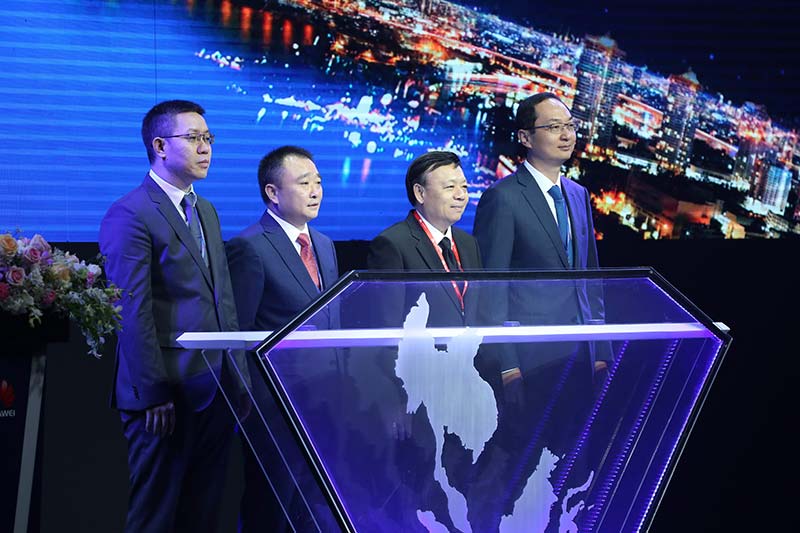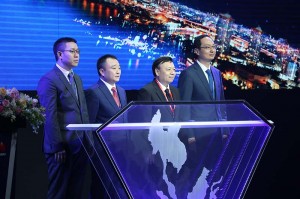
Huawei Helps Seize New Opportunities Created by Young People in Asia-Pacific Emerging Markets
Huawei held Asia-Pacific Emerging Markets Summitthemed “Emerging Market, Emerging Opportunities”. Zhou Jianjun, Vice President of Huawei Carrier Business Group, indicated that young consumers in the Asia-Pacific region accounting for 51% of the population will be the core driver of new services and should be tackled from three key dimensions, ICT policies, industry ecosystem and business solutions.
The “Digital Economy” ushers in a powerful wave of innovation, which plays a significant role in the transformation and upgrade of the traditional economy. This will lead to an increase in employment rate, a growth in social efficiency, and improvement in public welfare. At this critical point, Asia-Pacific emerging markets place increasing focus on national ICT strategies to promote GDP, such as “Digital Thailand”,”Digital Bangladesh 2021″, “Indonesia’s National Broadband Plan”, and “Vietnam Industry 4.0”. It is estimated that by 2025, every USD$1 added in infrastructure investment will increase GDP by USD$5 (source: Huawei Global Connectivity Index 2017).
Network infrastructure construction and home broadband penetration can secure young people’s potential in digital consumption. However, during the investment in emerging markets, operators has hit bottlenecks that hinder network development, such as slow growth in revenue, unsatisfactory network experience, high costs in network construction, and low efficiency in operation and maintenance. Acceleration of return on investment (ROI) is a key indicator in emerging markets. The three dimensions proposed by Huawei (ICT policies, industry ecosystem, and business solutions) will help operatorsmake a breakthrough against the difficult situation.
Huawei works proactively to develop ICT in emerging markets by engaging governments and regulators to formulate reasonable policies and promoting policies that favor the robust spectrumdevelopment and technological evolution. In terms of building the industry ecosystem, Huawei has already seen progress in site, FTTx alliances, and content aggregation. With the site industry alliance, Huawei helps operators make the best of existing public resources (such as governments and tower providers) and build the site ecosystem to share benefits and quickly acquire sites in batches. Content aggregation bridges the gap between operators and content providers, making content acquisition easier and cheaper. Taking into account the current situation in emerging markets, Huawei works with operators to offer a series of innovative business solutions with “User +, Home +, Asset +, Efficiency +” in the following aspects:
- Implement fast deployment of home broadband and indoor digitization to improve deep coverage and user experience.
- Fully leverage existing network assets and unleash site potential to maximize network value and spectral efficiency.
- Increase the efficiency of operation and maintenance to benefit users with different financial backgrounds. This will lead to interconnection that promotes economic and social development, as well as people’s livelihood.
- Optimizing spectrum assets by cloudifying air interface resources to maximize spectral efficiency while helping operators implement flexible network deployment and deliver a superior user experience.
“Almost more than half people around the world have never used the Internet. A full 3 billion of those people are in emerging markets. There are more than 10 billion households worldwide without access to fixed broadband, with 800 million households in emerging markets,” Zhou Jianjun emphasized, “Committed to the development of emerging markets, Huawei helps operators identify value customers, develop value services, and build value networks. Together with industry policies, reuse of existing networks, and innovation in technology and business, this enables operators to increase revenue and efficiency, while forming a positive business cycle with service development and network construction.”


